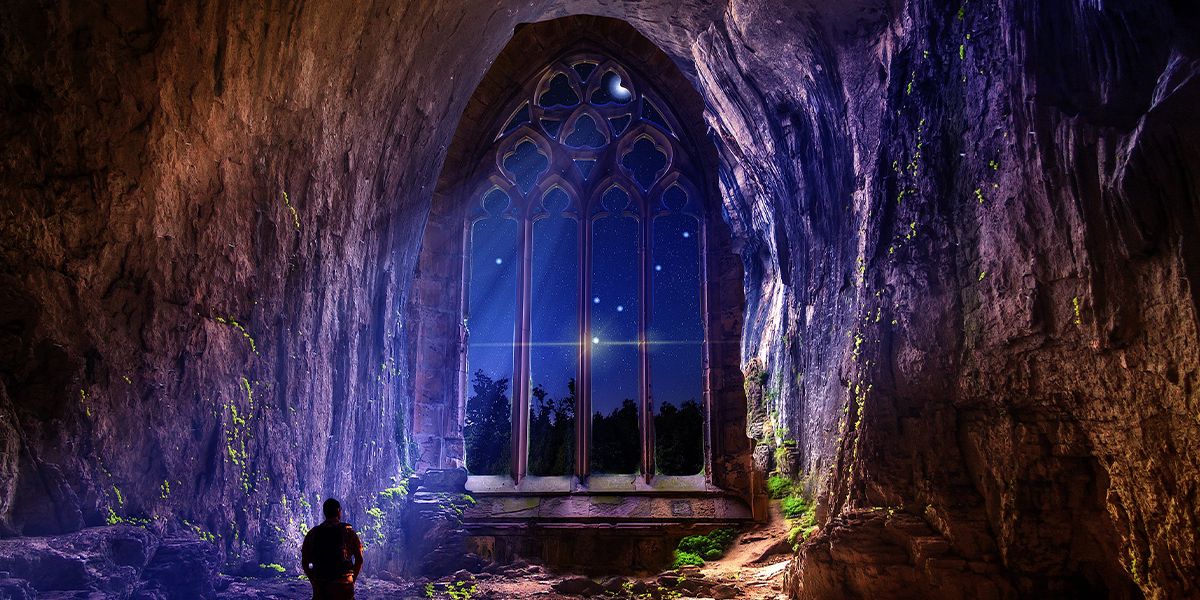Film photography, digital photography, and now, virtual photography? Does this mean simply taking a screenshot of whatever is on your screen?
In this article, we’ll take a look at how gamers turned into virtual photographers and how the concept is already used in marketing.
What Is Virtual Photography?
The concept of virtual photography has been around for a few decades. But as more and more video game developers included a photo mode, an internet subculture developed where gamers share their in-game photos.
Imagine a classic camera, floating around the game's world with no impact on your character or NPCs, helping you capture your in-game adventures.
Virtual photography isn’t limited to video games, however, and it’s now used by businesses as AR and VR become more common.
Gamers as Virtual Photographers
One of the most memorable games that allowed gamers to take in-game photos is Gran Turismo 4, which was launched in 2005. Gamers could use “photo mode” to take photos of their cars around the track or at certain locations.
But the game didn’t have a feature allowing you to share those pictures with other players. You would have to upload them to a cloud-based storage service, email them, and so on.
However, things changed with Halo 3. The game’s “theater mode” allowed you to record every match you played, online or offline. Then, you could save the content in your profile’s File Share, so other players could easily access it in the pre-game lobby.
As time went by, more and more games with amazing visuals and impressive open worlds with baffling details and intricate designs became part of gamers’ collections. Ghost of Tsushima, Death Stranding, and Horizon Forbidden West are just a few of the games that captivated players and made them take a break from quests and dive deep into photo mode.
Even if you’re not at all interested in video games, there’s a chance you already encountered this type of artwork. E-commerce has already been using virtual photos for a few years. But why are business owners looking to replace classic photography?
The Advantages of Virtual Photography
Let’s take a quick look at some of the top advantages of virtual photography.
Low-Cost
When it comes to traditional photography, the bills rack up fast. Even if you plan on buying online second-hand photography gear, you still need a studio, editing software, and you might need to hire someone to help you during the shoot. With virtual photography, you don’t need that many pieces of equipment.
Nevertheless, don’t think that you can render high-quality images with just any computer. You still need a powerful processor, dedicated graphics card, an efficient cooling system, and long battery life, so you don't lose your work because of power outages.
Efficient
When buying phones, chairs, or even houses, people want to see a detailed model. Imagine how much effort and time it would take to set up a studio, bring in every product, and photograph it from every angle. Additionally, if the product is available in multiple colors, you’d have to bring one for every color variation.
Furniture companies are using virtual photography as part of the AR experience they’re providing to their potential customers. You can now check how a piece of furniture would fit, in size and color, using an app.
Perfect Conditions, Every Time
Even if you schedule your shooting session for the best time of the day such as golden hour, environmental conditions will not be perfect. The same goes for shooting in a studio. You’ll still have to try multiple lighting settings, different lenses, or subject placement.
As a virtual photographer, you can create the best conditions in no time. Need to change the white balance, focus, focal length, or any other “camera” settings? With just a few clicks, you’ll create the best conditions for your shooting session.
Is Virtual Photography the Future?
With the development of AR and VR, there’s no doubt that virtual photography is here to stay. As a gamer, you can now win virtual photography awards. As a business owner, you can cut down costs and time while increasing efficiency.
But no matter how fast virtual photography evolves, it can’t replace the feeling of exploring the real world and the satisfaction of creating a beautiful visual story.


